Constantly trying to substitute low histamine flours when cooking or baking is a massive pain. It sucks to have to avoid one food, much less several hundred, but somehow we're all managing it. My goal is just to make that easier for you, and for Future Me.
Because it's easier when you're overwhelmed to just eat your safe meal again (sound familiar?). Over the years I've gone back to the drawing board, calmed my symptoms, reintroduced more low histamine foods, and found a few flours and flour blends that worked for me.
Medical Disclaimer: as with everything on this site, this article is provided for information only. I strongly urge you to speak with your doctor or a licensed medical professional in order to assess whether or not you have histamine issues, and/or which foods cause a histamine release for you personally. Every body is different, and some people will tolerate different foods than you do. Please keep comments respectful.
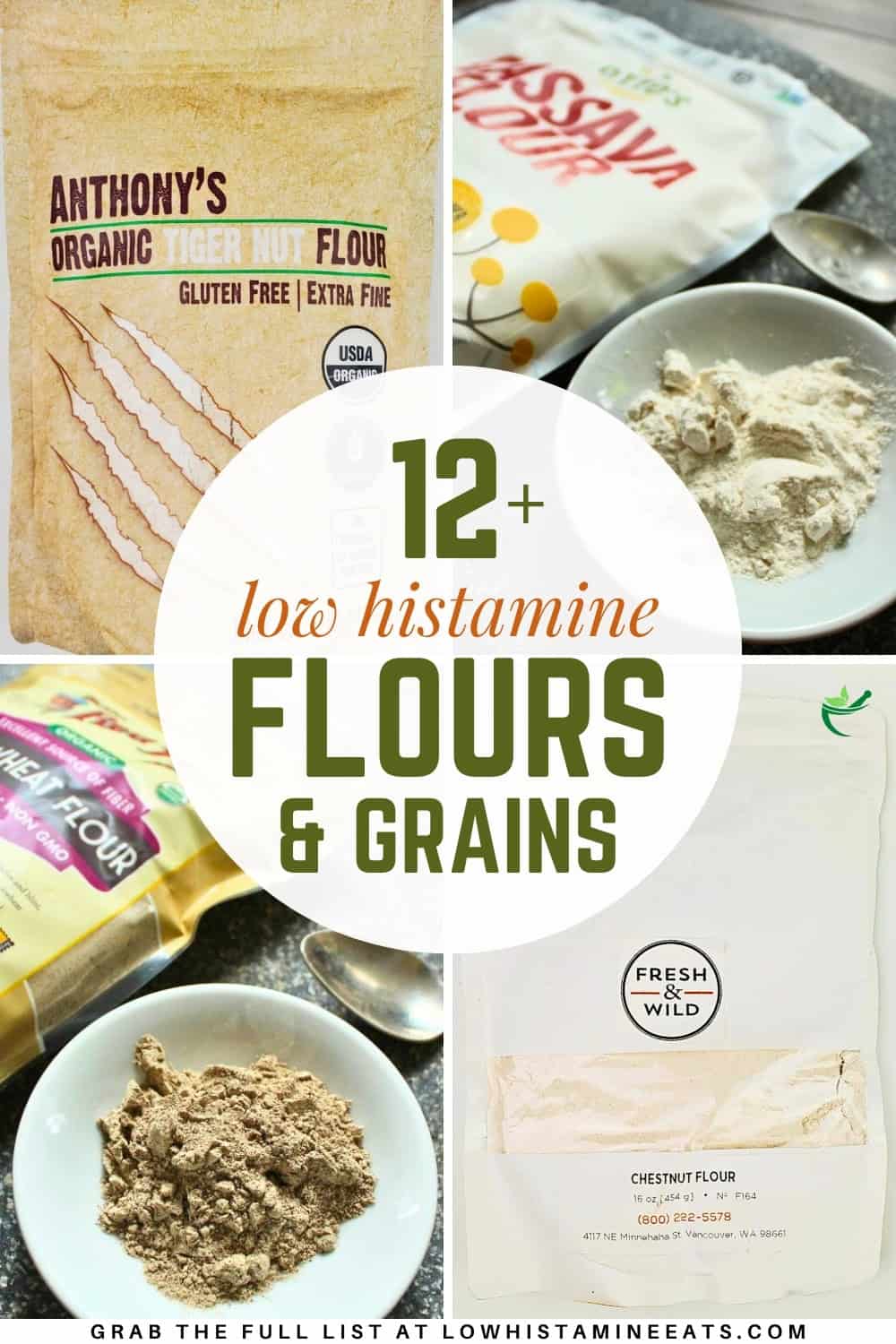
Jump to:
🍪 Low Histamine Baking Basics
I've come to particularly try to come up with a single well-balanced low histamine flour blend for baking and bread making.
This article explains quite well why you use each type of flour and which category it would fall into, so that you can slowly try out each one for yourself. When blending, just don't forget to add a binder of some kind, to replace the gluten.
I like either flax meal or psyllium husk depending upon what I'm making, though now I can also tolerate small amounts of xanthan gum. Note that you can also make your own versions of many of these flours, if you initially react to the pre-made flours but don't react to it in other forms, like with oats or sticky rice.

🍚 Low Histamine Grains (As Flours)
2023 Update: I no longer eat grains, with small exceptions of condiment-sized portions a few times a week, which my body seems able to handle. Anything more than a cookie-sized portion a day and I will feel the inflammation seep back in me for a commensurate amount of time. It's just not worth it. But grains are not inherently high histamine and are a part of a healthy low histamine diet for most people. Just eat them in moderation, as they can cause blood sugar spikes.
Brown Rice Flour

Brown rice flour is as sturdy as it sounds, with an earthy and somewhat more nutty flavor, very different from either white rice flour or sweet rice flour, the latter of which is made from a different type of rice.
This option is different from white rice flour in that manufacturers keep the bran on when milling it, leading to a slightly grittier grind, although I've never noticed it. You'll quickly realize that either brown or white rice flour is usually the base for a gluten-free flour blend, which should clue you in on its potential.
But I've never really noticed a flavor or texture difference between them, so I always buy the "healthier" option of brown rice flour, so do whatever you tolerate best.
Comparable Flours: Brown rice flour can be substituted with white rice flour, oat flour, or maaaaaybe tapioca starch.
Sweet Rice Flour (Glutinous Rice)

This is probably the most unique flour on this list. It's best-known as the basis for mochi, the sweet but sticky East Asian dessert that's traditionally filled with red bean paste or honey & nuts, but is now more commonly filled with ice cream.
It creates a very sticky dough when mixed with water, and is also known as glutinous rice thanks to this gluten-like characteristic. While I use the intact version of this grain for my Mango Sticky Rice recipe, I've only ever used the rice powder to make crepes and waffles, and it's most often used in other dessert-type dishes.
Comparable Flours: Sweet rice flour can sometimes be substituted with tapioca starch, but it won't be as chewy or sticky.
Sorghum Flour
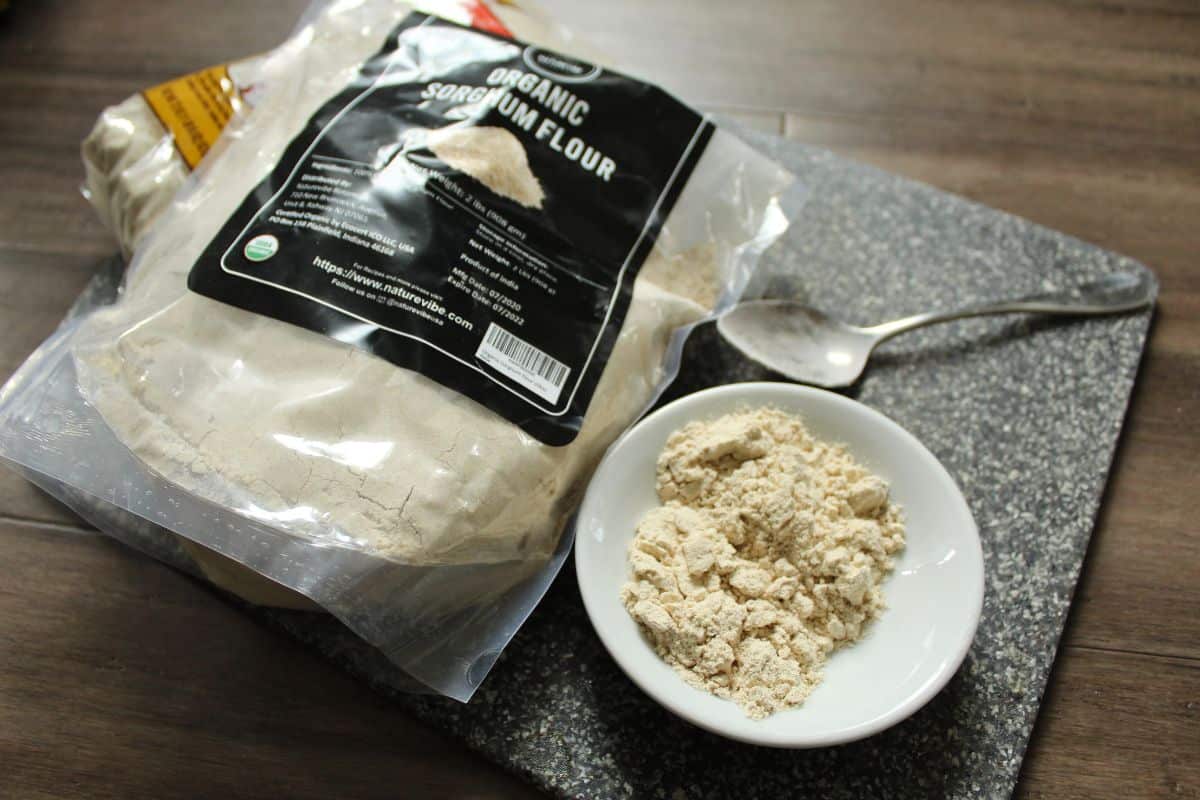
Sorghum flour is often said to be the best substitute for white flour, as it can be used 1-to-1 in almost any recipe. The flavor is mild and sort of earthy, but doesn't taste as sweet to me as popped sorghum, one of my favorite low histamine snacks.
It's a middle-of-the-road option with a similar protein and fiber balance as wheat, but none of the gluten. Its whole form is often compared to popcorn, but about 1/10th of the size. I prefer to use sorghum flour for sweeter applications, like in cookies and cake.
Comparable Flours: Sorghum flour can be substituted in small portions with buckwheat flour, or in larger portions with oat flour.
Oat Flour
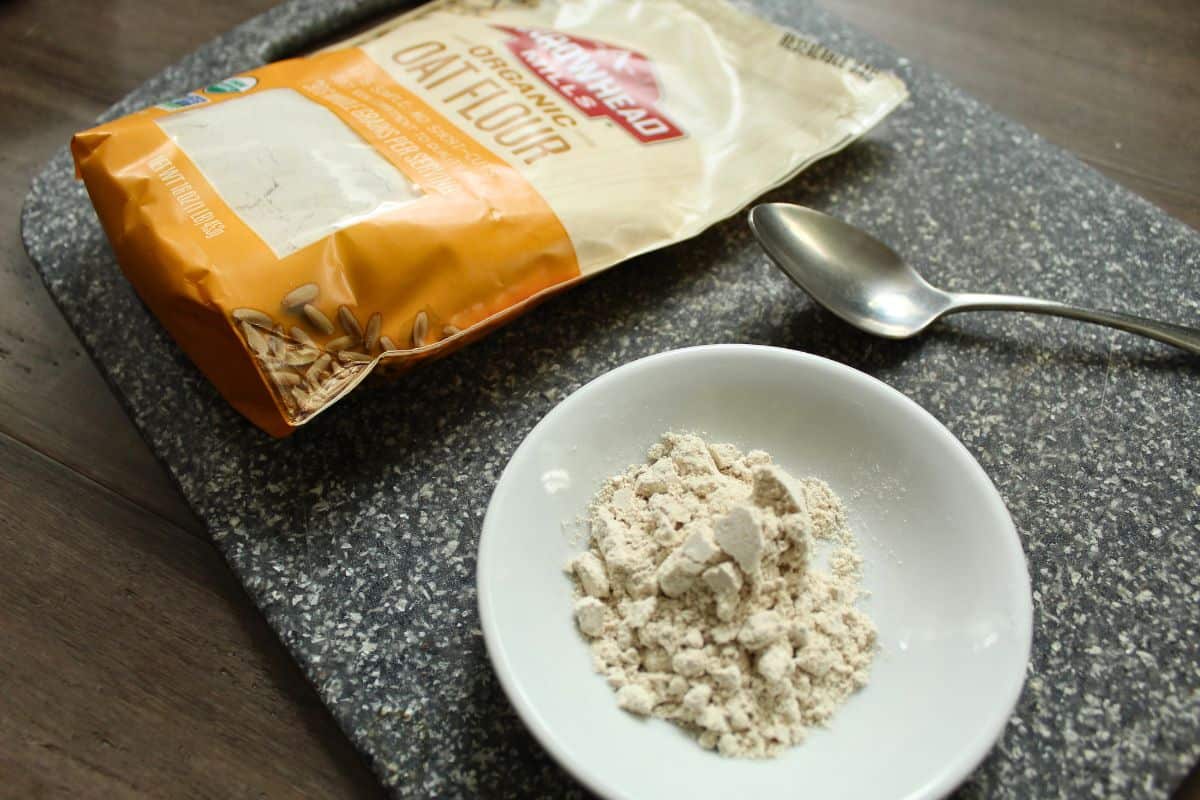
I love using oat flour in sweeter recipes, especially when I make something to pair with fruits or cream, as its flavor blends well into the background of recipes. It's roughly a third lighter than regular wheat flour.
Just remember that if you're 1-to-1 replacing white flour with oat flour, it's important to replace them by weight not by volume, for that reason. I've been trying to find the perfect oatmeal cookie made with oat flour, but I have yet to discover a low histamine version. If you know of any, please drop your leads below!
Comparable Flours: Oat flour can be substituted with buckwheat flour, amaranth flour (low histamine-friendly), or even just finely-ground oats from your cupboard.
🌱 Low Histamine Starches (As Flours)
Arrowroot Flour (Arrowroot Starch)

You're most likely to find this low histamine thickener in rather small portions in any given recipe, as it has some textural superpowers. When you're adding it to a recipe, you'll almost always be directed to mix the arrowroot flour with some water to form a slurry, as adding it directly by itself can leave you with jelly-like clumps.
It's got a very mild flavor that blends into the background quite well, but it's also much more powerful than the high histamine flours it's likely replacing (corn starch or potato starch). Note that arrowroot flour is the same as arrowroot starch and arrowroot powder.
Comparable Flours: As it's a thickener, arrowroot flour can be substituted with other thickeners such as xanthan gum or tapioca starch.
Tapioca Flour (Tapioca Starch)
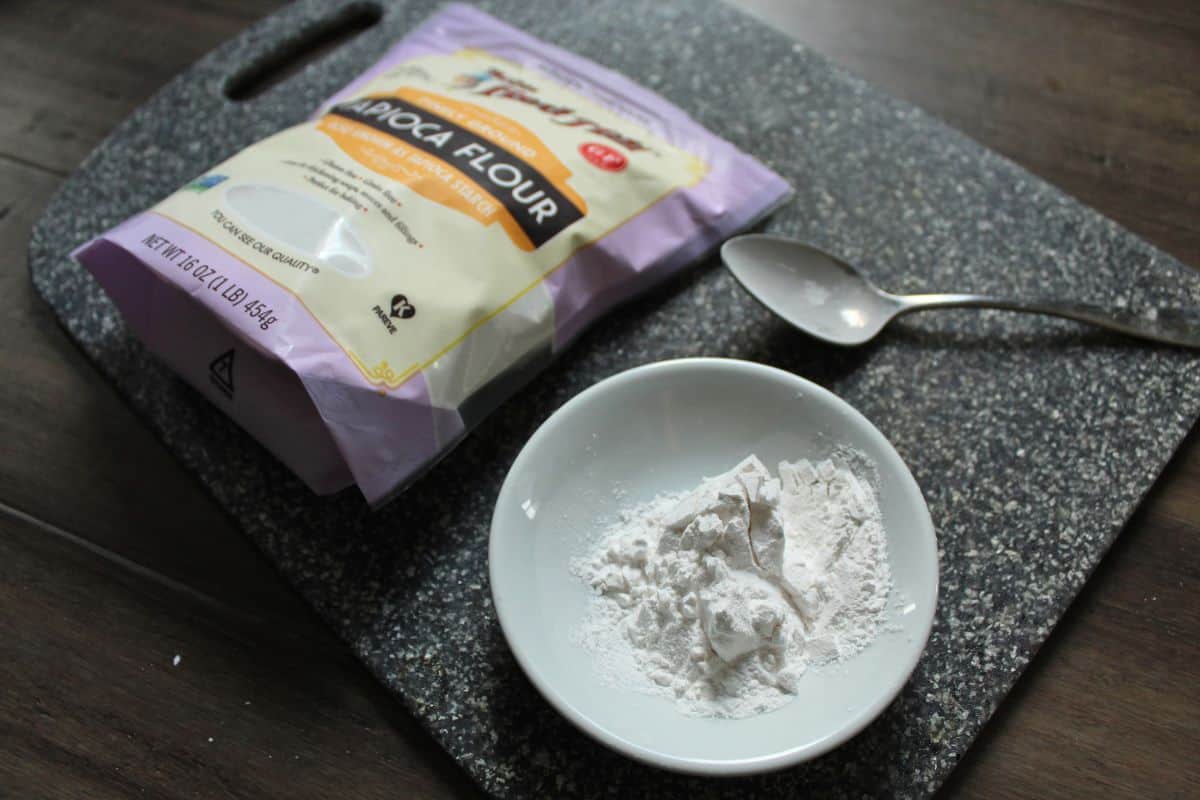
Tapioca flour has a very unusual texture, sort of sticky but also extremely smooth, like powdered sugar. In reality, it's the starchy portion of the yuca root (also called cassava), and it's known for having almost no discernable taste, making it great as a thickener.
But another popular use for tapioca flour is in adding a crunch or a crisp to anything being pan-fried, deep-fried, or air-fried, even breads. Note that tapioca flour is also called tapioca starch and tapioca powder, but it's very different from tapioca pearls.
Comparable Flours: Tapioca flour can be substituted with arrowroot flour or cassava flour for thickening, or with white rice flour or brown rice flour for baking/frying in larger amounts.
Cassava Flour (Yuca Flour)
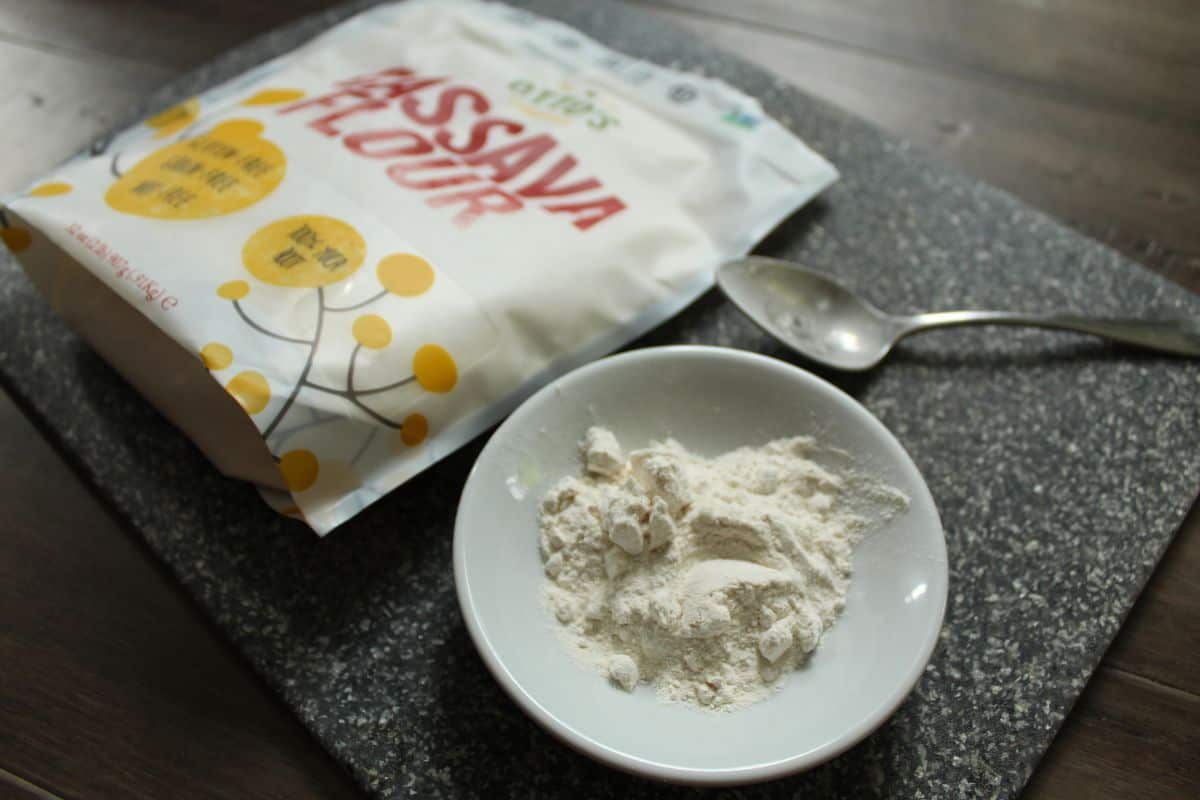
Cassava flour has become quite popular in the low histamine community; I even use it in my pizza dough recipe, which is purposefully dense. This is because cassava flour is heavier than the traditional stuff, so you need to weigh it out rather than measure it traditionally (that is, by volume).
Along with oat and sorghum flours, cassava flour is often touted as the perfect replacement for white flour, thanks to its mild and neutral flavor, and I have to second that recommendation. Cassava flour is often compared to tapioca powder, however it contains the entire root of the cassava plant while tapioca powder contains only the starch of the root.
Comparable Flours: Cassava flour can be substituted with tapioca starch or arrowroot starch in smaller amounts (or whenever it's used for thickening).
🥥 Other Low Histamine Flours
Almond Flour
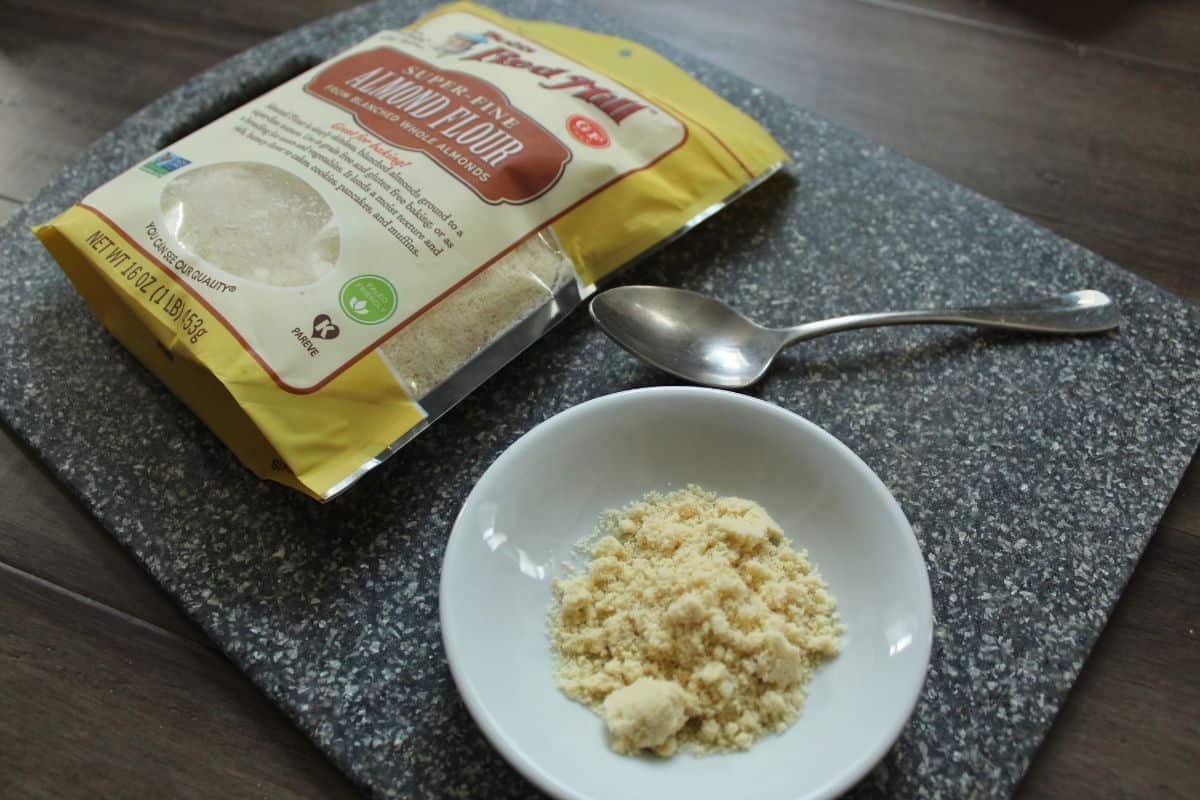
Almond flour has changed the game for me when it comes to low histamine desserts. Not only is it the main ingredient in my vanilla cookies, but it's also the savior in some of my favorite crackers and snacks.
The nut flour is very high in protein and quite dense, but it adds a mild and chewy almond flavor to whatever it's used in, though be aware that it's very high in lectins. Don't confuse almond flour for almond meal, as the latter is much grittier than a flour.
Because of its unique properties, remember when you substitute almond flour for coconut flour you won't need any extra liquid (unlike when substituting it with other flours), but it will change the fiber & protein content of your dish.
That could affect the final flavor and texture of whatever you're making, so always be careful when subbing for this unusual flour with any other.
Comparable Flours: Almond flour can be substituted with coconut flour, most lower-fat seed flours, or with cassava flour in small amounts.
Buckwheat Flour
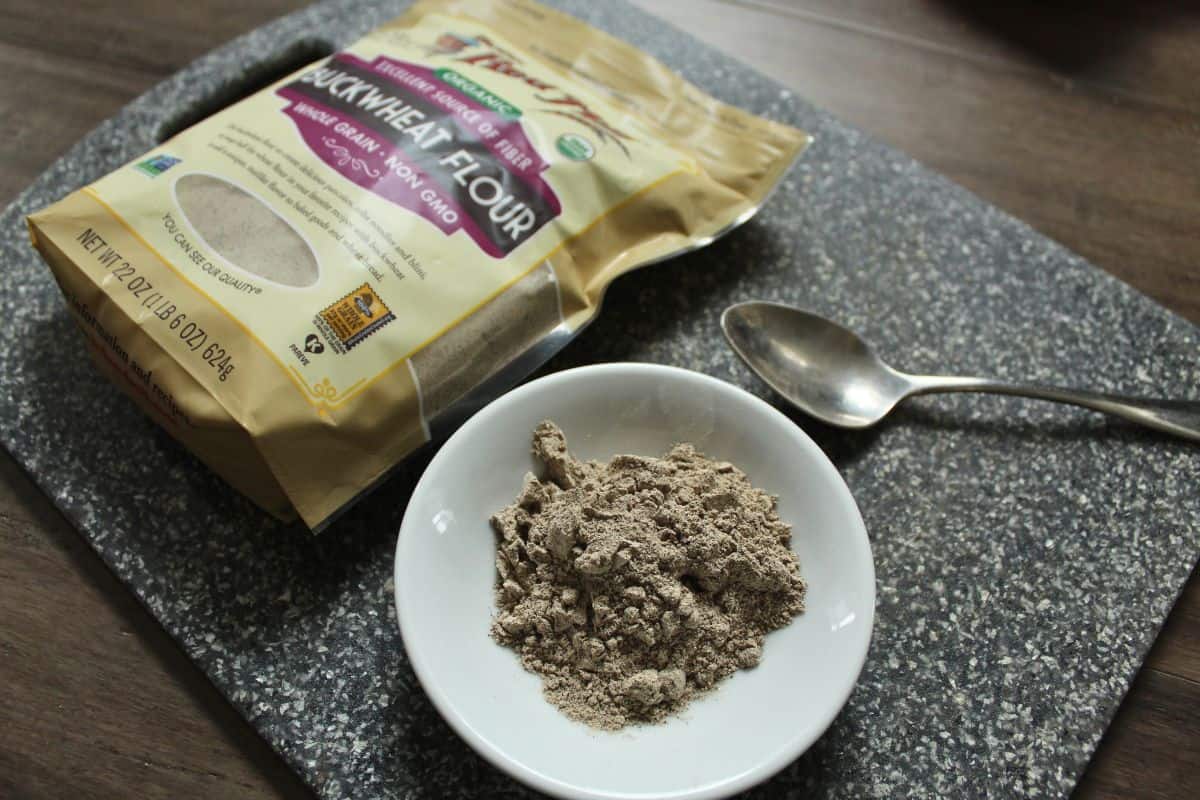
Despite the name, buckwheat is actually a seed, unrelated to the wheat grain from which white flour is made. It's a gluten-free flour option that's got an earthy, grassy flavor, great for your most savory or heavy dishes. Traditionally, buckwheat flour is used to make soba noodles, crepe batter, and even crackers.
But when substituting directly for white flour, it's best to keep buckwheat as no more than a quarter of the flour in your dish. Unless the recipe was specifically formulated to use more buckwheat, you may not be happy with the flavor results when subbing it 1-to-1, but it certainly plays a solid supporting role in blends.
Comparable Flours: Buckwheat flour can be substituted with brown rice flour, oat flour, or sorghum flour.
Coconut Flour
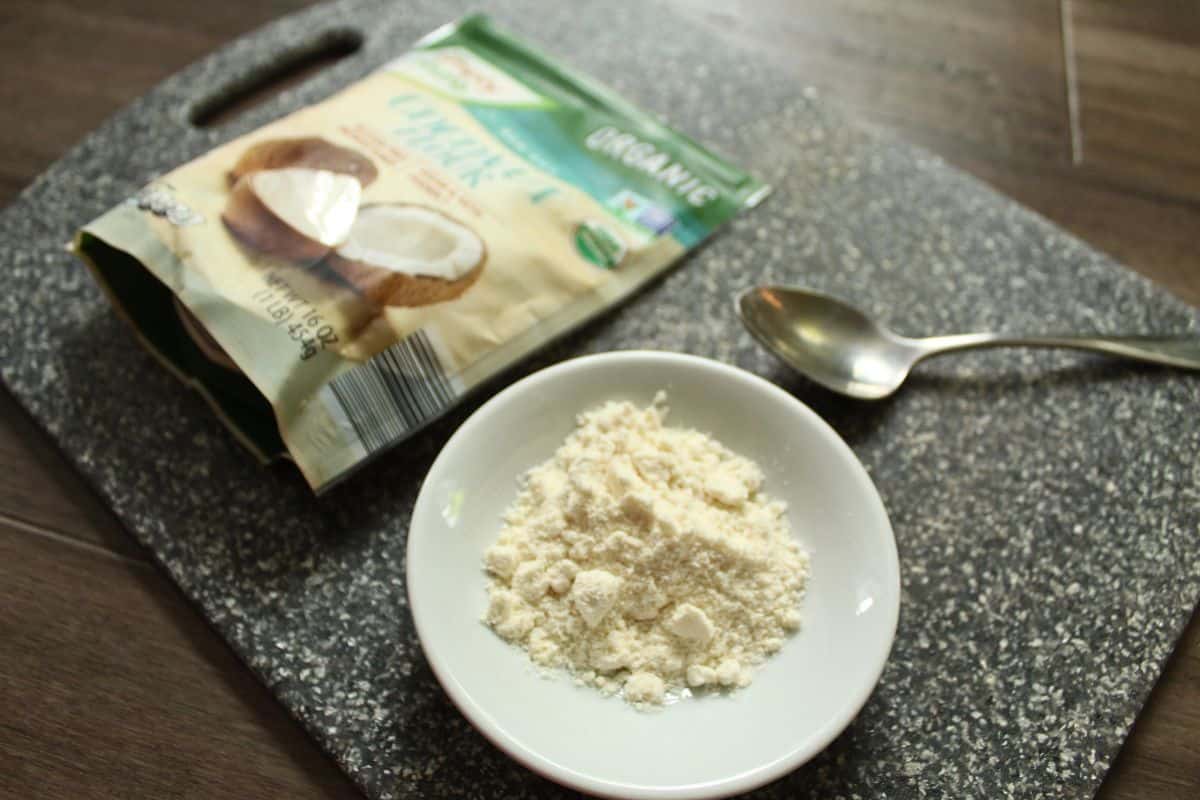
This was the first type of flour I reintroduced into my diet, and boy does it have a learning curve. Coconut flour is very high in fiber and contains some protein and fat, so it's super absorbent like almond flour, but it also has very filling and anti-inflammatory properties.
I find it to be super filling, so most of my coconut flour goes into making sweets, as I find that the flavor of coconut pairs beautifully with monk fruit and keeps my blood sugar stable.
Comparable Flours: Coconut flour can be substituted with almond flour or maaaaaybe cassava flour (though you need to use much less liquid in your recipe).
Tigernut Flour
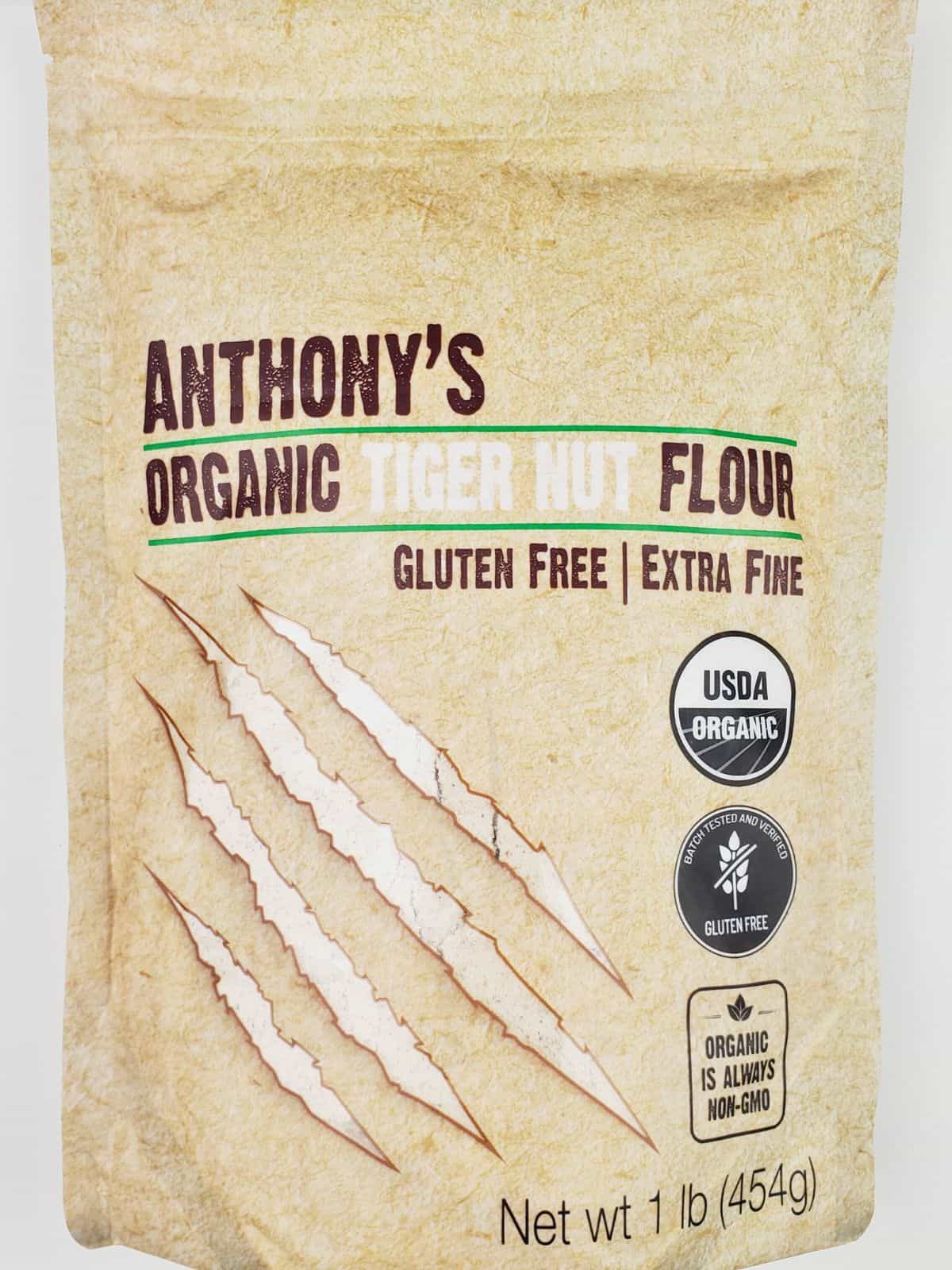
Tigernut flour comes from a small, tuber-like root and is gluten-free and nut-free - despite the name. It has a naturally sweet flavor, and can be used in various baking applications, as well as being made into tiger nut butter.
Tigernut flour is particularly popular in paleo and AIP diets, though it's also been growing generally in popularity over the years.
Comparable Flours: chestnut flour, sorghum flour
Chestnut Flour
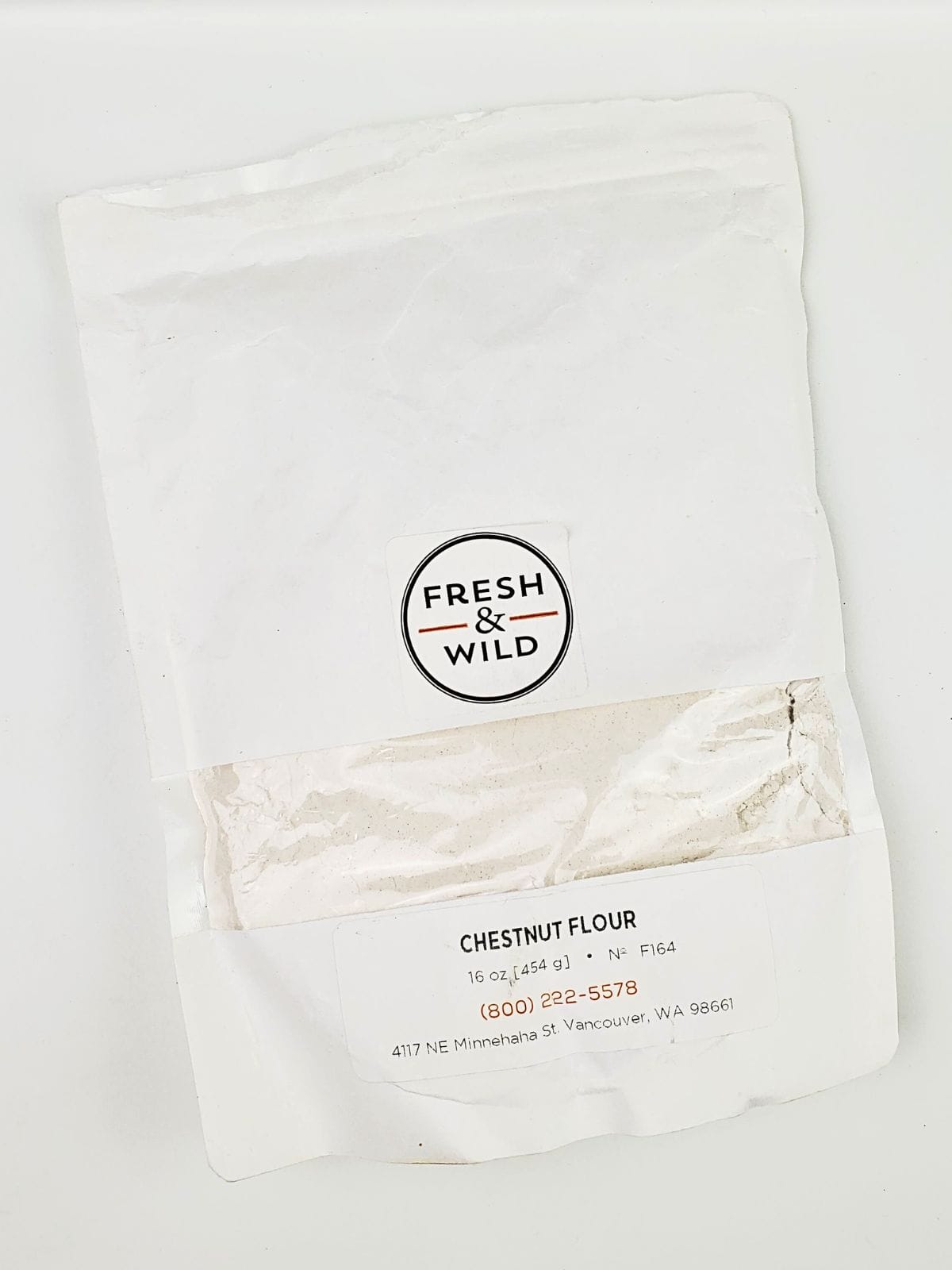
Chestnut flour offers a nutty, rich flavor to your recipes. It's ideal for making pancakes and breads, and it's also extremely versatile. This naturally sweet flour is a staple in many traditional European dishes, particularly in Italian cuisine.
It's a good source of fiber and vitamins, and it's gluten- and grain-free, making it a great option for those with dietary restrictions. My favorite use us in chestnut flour crepes, but it also makes fantastic cookies.
Comparable Flours: sorghum flour, tigernut flour, oat flour
All-Purpose Gluten Free Flour
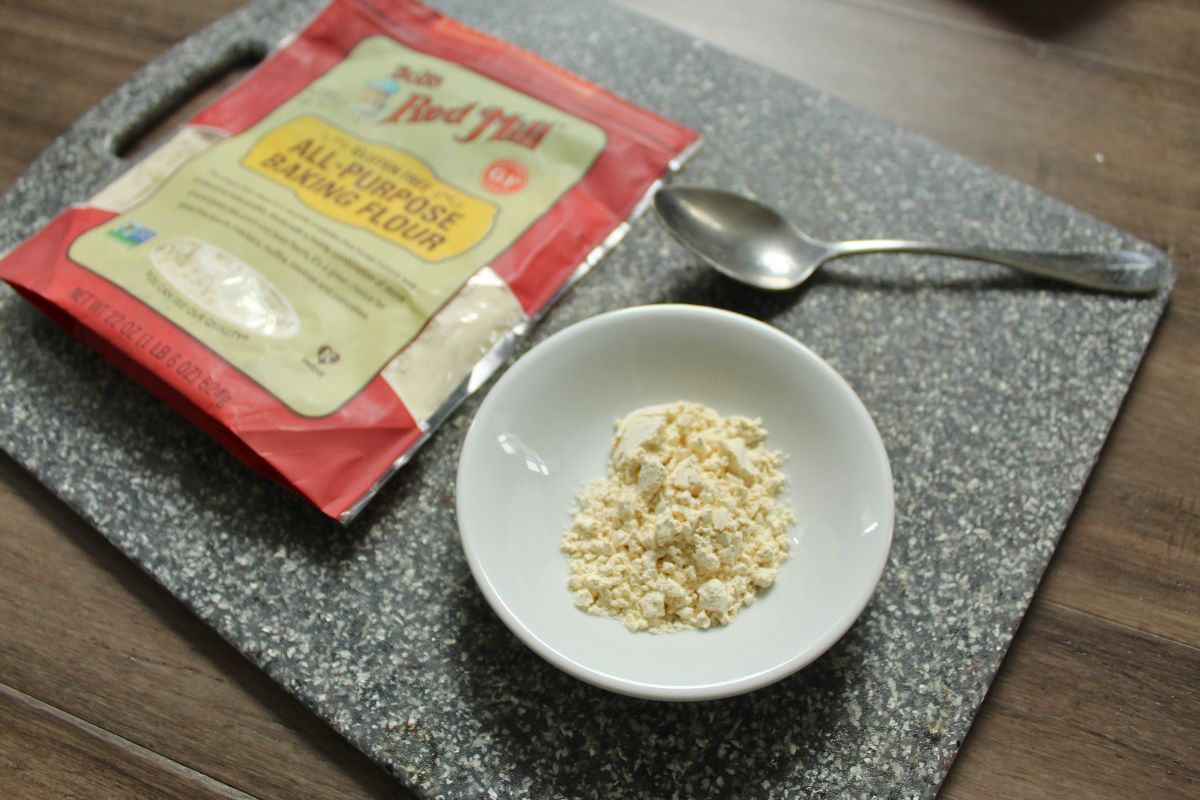
This option is included because I have found that most gluten free flour blends are low histamine, except for the few people who are more sensitive to certain common ingredients (like even tiny amounts of potato starch or corn starch).
For example, I use the Bob's Red Mill blend linked below for about half my flour needs, but it includes potato starch and fava bean flour, which may be inflammatory for some people. However, I tend to eat rather histamine-balanced meals.
That is to say that I eat actively antihistamine foods at the same time as some moderately high histamine foods that are otherwise nutrient-rich. This means that I can use a pre-made gluten free flour blend without worrying about taking DAO or having a reaction, but you just may not be in that place yet.
Find what works for you, and move forward from there.
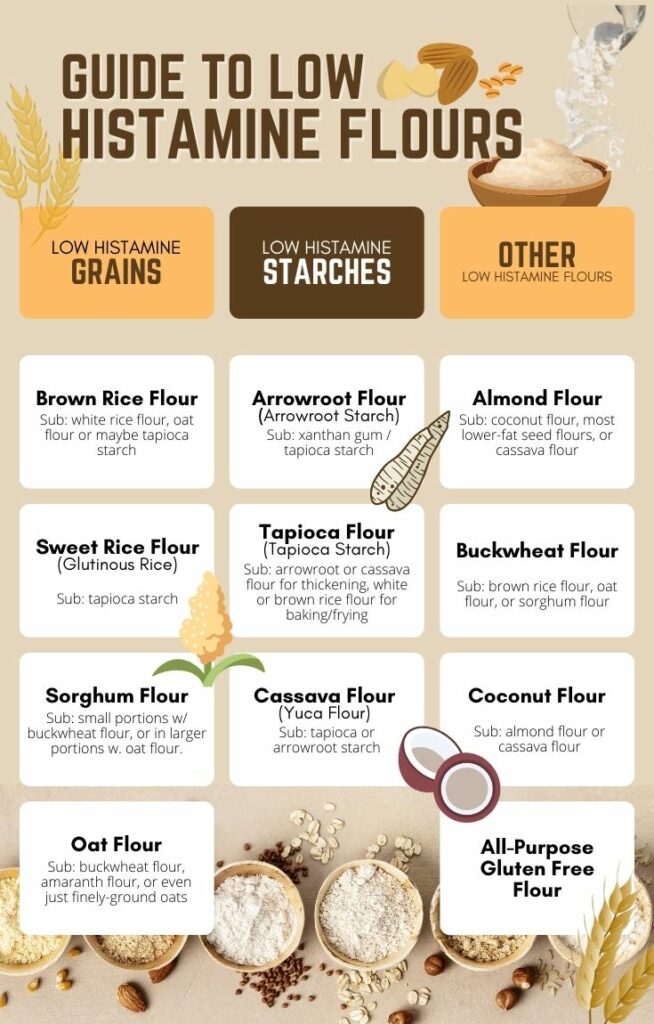

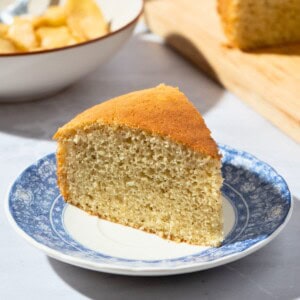











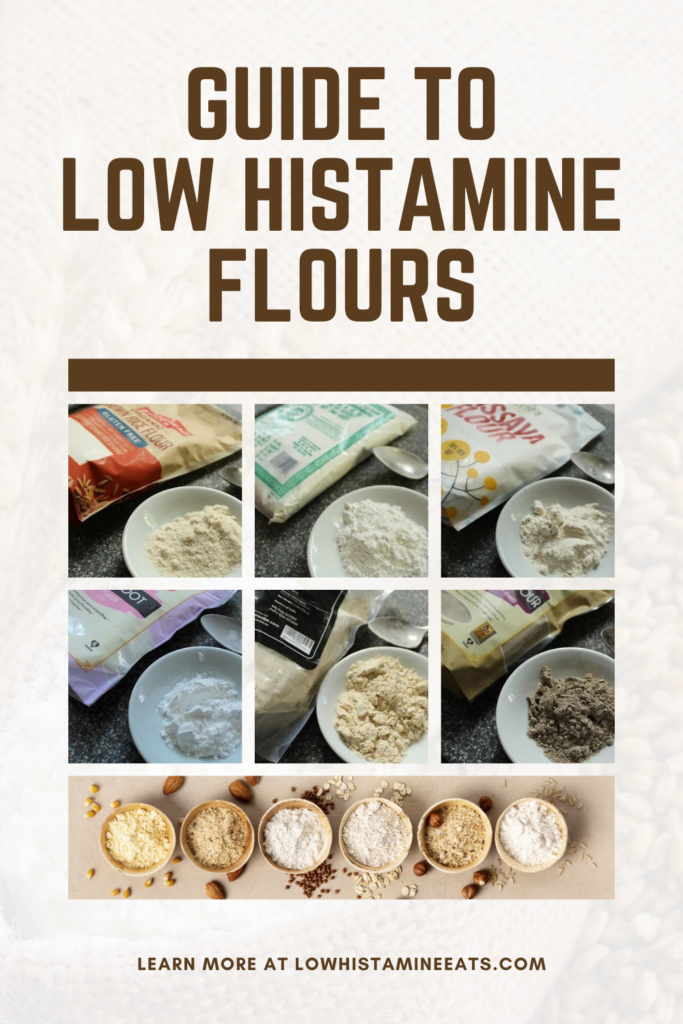
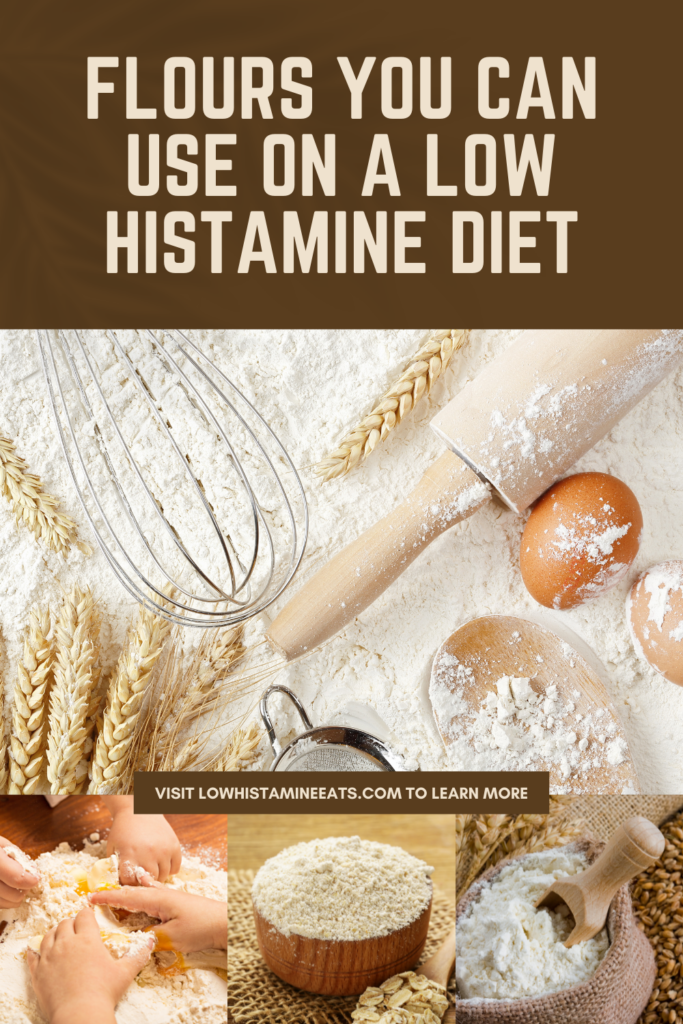

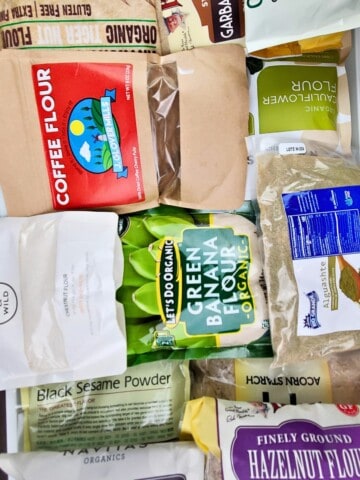
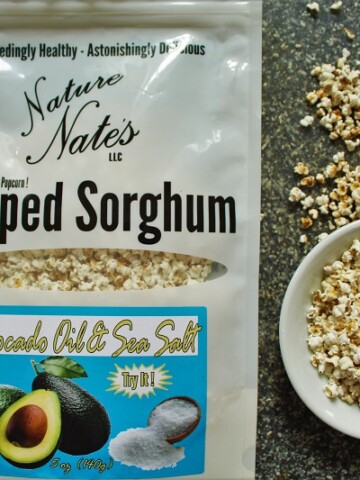
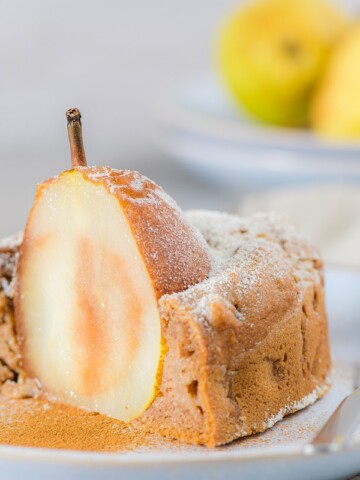
Paula says
what about King Arthur's gluten free flour for low histamine
Max says
The ingredients are all low in histamine, but it is enriched - some people don't react well to enriched products due to the synthetic nature of the nutrients added back in, so if it were me I would try just a very small amount at a time.
LM says
I've been attempting to convert my oatmeal cookie recipe over to a more healthy version and to use oatmeal flour instead of white whole wheat. I don't think it should be that hard to come up with a low histamine option. What's throwing me is trying to avoid dairy and make it a low glycemic option as well. I find it hard to come up with successful ways to cut back on the sweetener for this type of recipe and have it taste decent. Was just experimenting with adding applesauce and sunflower butter so I could decrease some of the minimally processed sugar or honey I typically use for sweetening. No luck. If you want to compare ideas or discuss ways to modify other oatmeal cookies recipes, would enjoy hearing from you.
Max says
That's definitely a common problem! Since I've been heavily limiting grains in my own diet, I haven't been baking as much, so I don't have any ideas off the top of my head. However, for sweeteners I've been using either honey or allulose/monk fruit (a blend of the two that I use as a 1-to-1 granulated sugar swap). The latter may be something for you to try, as it has zero glycemic impact, and isn't as irritating as eythritol can be; it may make formulating a bit more flexiable.
Angela says
Hi ! Super helpful ! I was however hoping to see a mention of sprouted forms of these and possibly a few more grains, seeds, nuts etc. mentioned. Do you have any experience with them - in cooking or most importantly, how they affected your body etc. ? I'd be very interested to know ! Thanks !
Max says
Hi, Angela! Thank you for the kind words; I'm glad you've found it helpful.
Yes, so I have a post on low histamine nuts and seeds that gets into why sprouting is helpful, and I have a newer post on two dozen grain-free flours (some of which are NOT explicitly low histamine-friendly for everyday baking, but would be fine for most people as part of a flour blend). I've used at least half of them myself, but several I've bought in the last year and haven't yet had the chance to try. If you have any more specific questions on that front, please drop a comment and I'll see how best I can answer it.
Jo says
Hi! Just letting you know, on mastcell360.com coconut flour is listed as a high histamine flour.
Max says
Thank you for pointing that out, Jo! Though I started off using Beth's (MastCell360) list, I've continued to adjust and research on my own while pursuing my MS in Nutrition and while trying to sort out my own MCAS journey, which has affected how and why I classify things differently (no two lists will ever be the same, frustratingly, because no two bodies will react the same to every food).
Classifying coconut flour as low histamine comes from the fact that coconut flour is made from fresh coconut meat that's been pressed to remove most of the oil and then dehydrated for a couple of hours and packaged. Other than time spent on the shelf, it's not aged and it's generally packaged pretty quickly after being made. The main probem with most dried foods is the ageing and preservatives. However, coconut allergies are pretty common and the biogenic amine level (non-histamine amines) is moderate, so I understand why she would choose to classify it as such out of a lack of scientific research into the matter. All we have is experience and research into other characteristics.
Jo says
True! Everyone reacts to food differently! It’s good to know that I can still give it a try. I’ll have to test it out for myself. Thank you!
Green beans says
Cool beans !! ☺😁
Jodie says
BIO-X4
This is gut health medicine from Dr. Amy Lee. I am on a very strict diet due to histamine intolerance. This changed my life! No more bloating, foggy brain, joint pain and blurry vision. We need more then just a probiotic!
Max says
Definitely something to look into thoroughly!
LM says
Didn't see them mentioned but wondering how options like teff, chestnut, water chestnut and stack up with some of the other options you mentioned.
Max says
I haven't tried water chestnut, but I'm working on a grain-free flour guide that I'm aiming to get out next week, and it mentions teff, chestnut, millet, quinoa, and more. I've mostly been baking grain-free for the last 6 months and have done a lot of experimenting (both successful and very unsuccessful!), so once I finish that post up I'll be adding even more info to expand this guide with some of the seed & nut flours I've been using. Tigernut has been another surprising favorite, but I don't want to get too into the weeds, for anyone just starting to sort out a low histamine diet for themselves. 🙂
Geoff says
In my experience and according to SIGHI Buckwheat is generally not low histamine
Max says
I'm sorry you've had problems with buckwheat, Geoff, and in that case you should definitely avoid it. However according to MastCell360 and even the SIGHI list, buckwheat is well tolerated as long as the peel (outer layer) has been removed, as its known to contain oxalate and fagopyrine, which many people are sensitive to. There are many contradictions in all the lists, so I always do my best to get to the science at the heart of each food, to understand why one person may react to it and another doesn't-- but always listen to your own body and avoid foods that bother it.
Georgia says
Hi Max, does this mean that hulled buckwheat flour is a low histamine ingredient? What is the science behind it? I'd love to know because I really enjoy buckwheat
Max says
It should be! I've never found any tests or material reasons as to why it would be high histamine (barraing being somehow tainted, a possibility which does increase with processing), and I've enjoyed it for years!